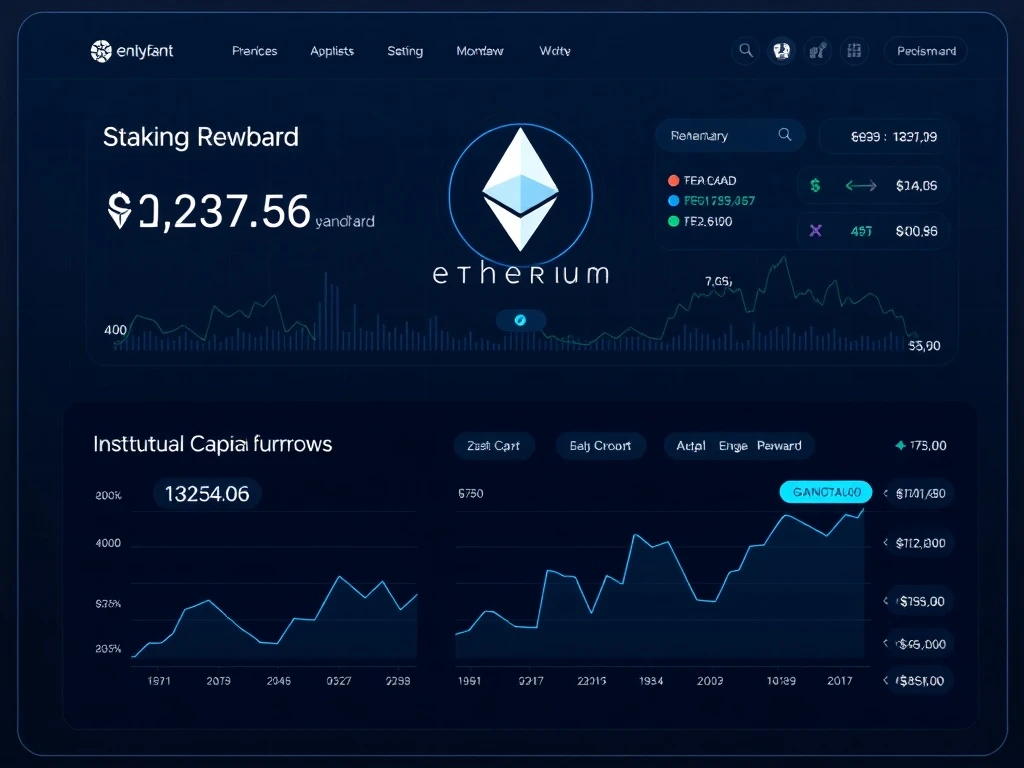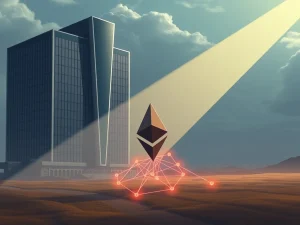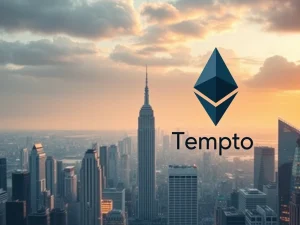Ethereum Staking Protocol Secures $46.5M in Institutional Capital – A Game-Changer for Crypto Yield

Ethereum is making waves in the institutional investment world, with a staggering $46.5 million raised through its staking protocol. This marks a pivotal shift in how traditional finance views crypto—not as speculative bets, but as yield-bearing assets. Here’s what you need to know.
Why Ethereum is Attracting Institutional Capital
Institutions are flocking to Ethereum, drawn by its potential as a yield-generating asset. Key drivers include:
- Staking rewards: Framed as passive income, similar to high-yield bonds.
- Inflation hedge: Positioned as “digital oil” to combat fiat risks.
- Structured protocols: Tools like ETH Strategy simplify entry for corporations.
The $46.5M ETH Strategy Breakdown
The ETH Strategy protocol raised 12,342 ETH ($46.5M) through:
| Allocation | ETH | Purpose |
|---|---|---|
| Staking & liquidity | 11,817 ETH | Generate yield |
| Growth & audits | 525 ETH | Protocol development |
Notably, puttable warrants were introduced to reduce investor risk—a first for Ethereum treasury strategies.
What This Means for Ethereum’s Price
Analysts predict two potential scenarios:
- Bearish: Unlocked tokens in 4-6 months could push ETH to $2,700-$3,200.
- Bullish: A breakout above $4,000 may fuel a rally to $5,000.
The Bigger Picture: Ethereum as Institutional Infrastructure
With $11.2B in ETH ETF inflows and FG Nexus’s $200M allocation, Ethereum is becoming a cornerstone of corporate treasuries. This network effect strengthens its long-term value proposition.
FAQs
Q: How does staking Ethereum generate yield?
A: Staking locks ETH to secure the network, earning rewards similar to interest payments.
Q: What are puttable warrants?
A: They allow investors to sell assets back, reducing exposure risk.
Q: Is institutional adoption good for retail investors?
A: Yes—it increases liquidity and legitimacy, but may also introduce volatility.
Q: When will ETH Strategy’s tokens unlock?
A: 4-6 months after token generation, likely in early 2026.










